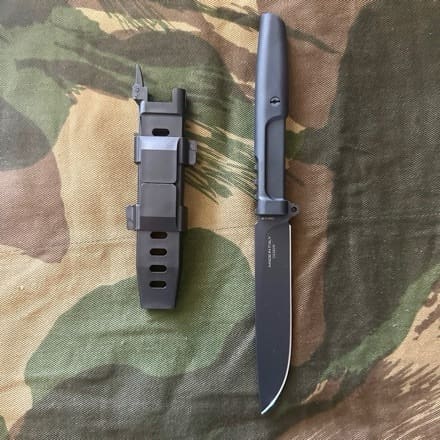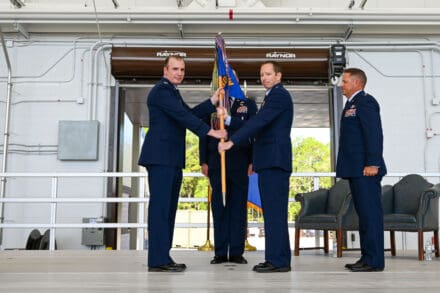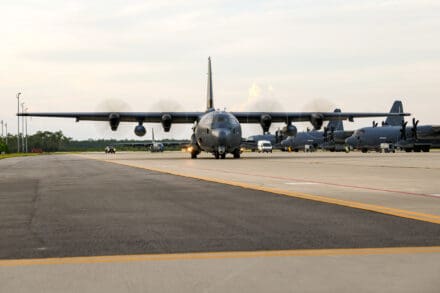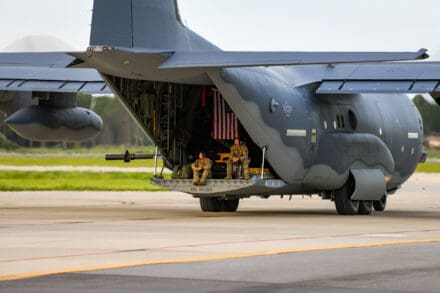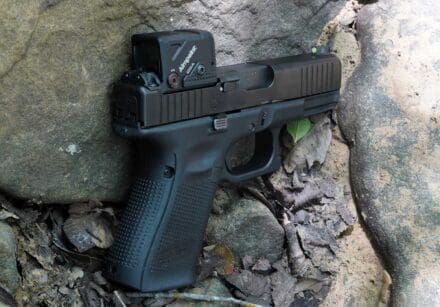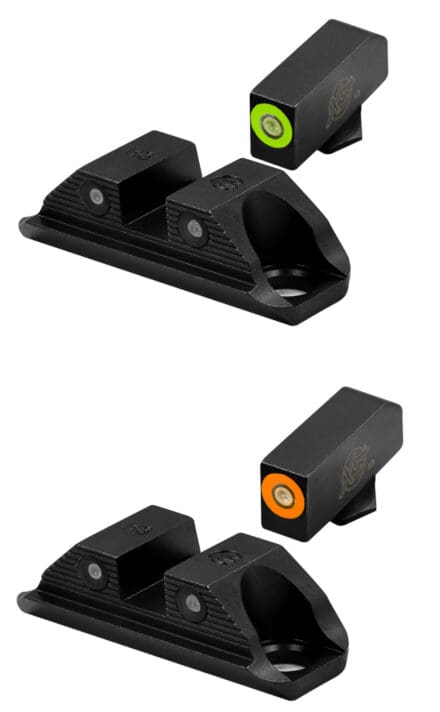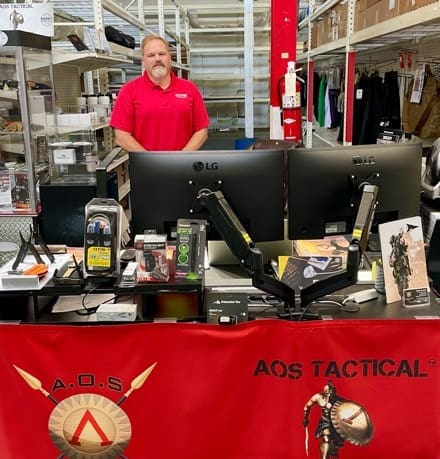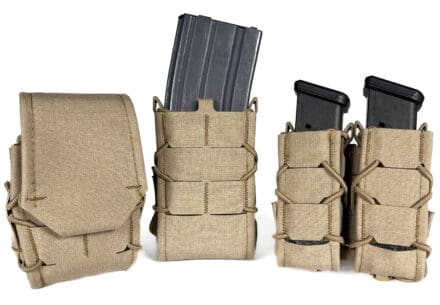In the latest contribution to our series on the Ops-Core RAILINK ecosystem we discuss Princeton Tec and their Switch MPLS. This isn’t the first time these two trusted companies have worked together. In fact, the Switch MPLS (Modular Personal Lighting System) uses technology developed for use with the ARC RAIL but now optimized for seamless integration with RAILINK.
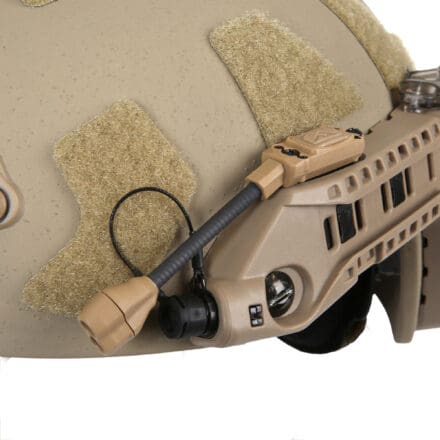
The Switch MPLS provides a lightweight, mission-adaptable lighting solution fully integrated into the Ops-Core RAILINK system, emphasizing ease-of-use, modularity, and battlefield reliability.
Integrated into a streamlined helmet system with RAILINK, the light remains powered, secure, and always ready, reducing the risk of gear failure during long shifts. That common power means lighter weight and every ounce on the head matters.
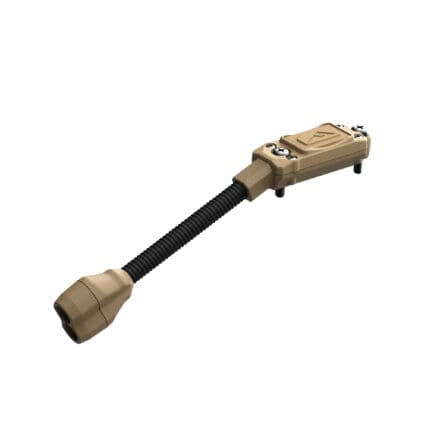
The Railink Switch MPLS is a low light/IR easy to operate directional lighting solution that works with the Gentex Railink powered rail system. Weighing in at only 13 grams with its easy-to-operate glove friendly buttons gives the end user a fail-safe lighting solution for all their low light and IR lighting needs.
It provides 6 lumens of Red and IR light for up close illumination which won’t give the operator away at long distances. The directional beam allows users to perform map reading or equipment checks without compromising their position with a broad flood of light thanks to the flexible boom which puts the light where you want it.
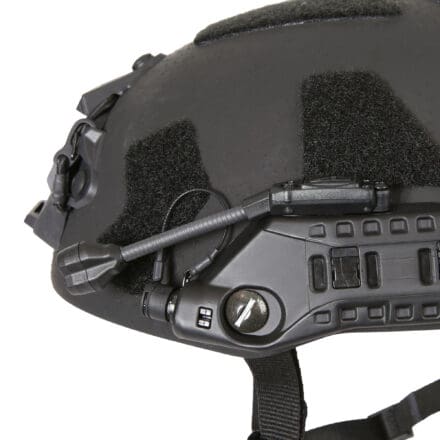
Glove friendly buttons allow you to control it with ease, even in cold and wet conditions. Speaking of wet conditions, with an IPX7 rating, the light is protected from the effects of temporary immersion in water.
The advantages are many. Operators can switch between Red and IR output depending on visibility requirements while maintaining stealth, all without needing to remove gloves or fumble with cables.
Features:
• Integrated Power: Switch MPLS draws power directly from the Ops-Core RAILINK system, eliminating the need for onboard batteries.
• Dual Spectrum Output: Equipped with Red and IR LEDs, this light meets the demands of both visible and covert operations, supporting mission flexibility without equipment changes.
• Directional Illumination: Precisely aim light to where it’s needed, ideal for administrative tasks, reading maps, checking gear, or maintaining light discipline in tactical environments.
• Lightweight Design: At only 13 grams, the light delivers essential capability with minimal burden on the helmet system, supporting long-wear comfort and operational mobility.
• Ambidextrous Mounting Options: Can be configured on either side of the helmet, ensuring compatibility with other RAILINK-enabled accessories and user-specific setups.
To learn more about the Ops-Core RAILINK System, visit shop.gentexcorp.com/railink.

